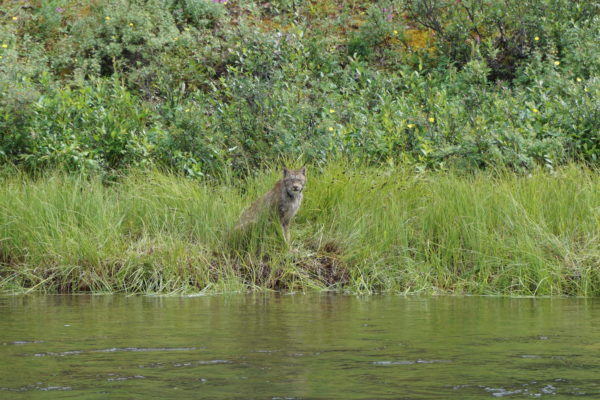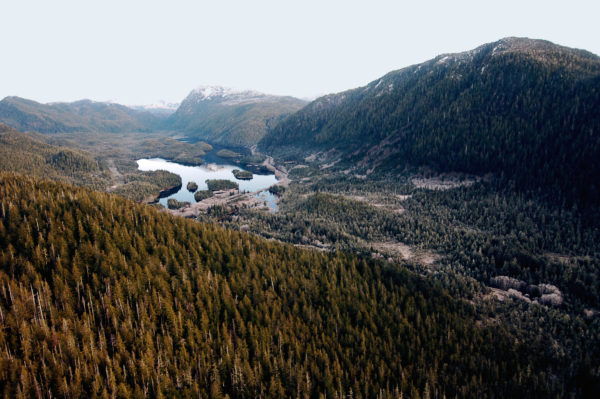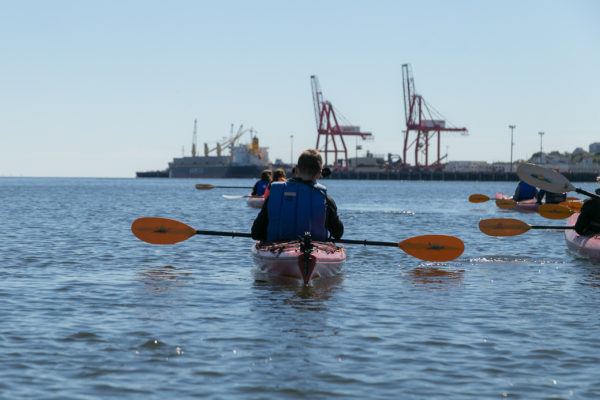How Canada’s government can get freshwater right
Think of a river near you. Imagine a small dam or other development is proposed for this river. Now imagine if the decision about this project was made without considering the impacts to fishing, river health and community access to freshwater. Sounds farfetched? For most rivers in Canada, this is the reality under current and proposed environmental legislation.

This lack of oversight, combined with a failure to consider the cumulative effects of multiple projects in a watershed, puts our freshwater at risk. The Canadian government promised to rectify this as it overhauled environmental legislation – but it hasn’t gone far enough.
Canada is home to 20 per cent of the world’s freshwater supply, and we have a duty to wildlife and people to keep it healthy. Our water wealth flows from wild, long and free-flowing northern rivers teeming with fish and other wildlife, as well as from heavily developed and altered yet still essential southern rivers that support an array of economic and recreational activities for Canadians in communities of all sizes.

As Canada shifts to a low-carbon economy, more rivers could be tapped for hydropower, reducing the health of ecosystems and blocking migration routes for wildlife (including those adjusting to habitat range shifts caused by climate change). To prevent harmful impact to Canada’s freshwater ecosystems, on which people and wildlife depend for their very survival, future development decisions must be required to take into account the environmental impacts of the proposed project, as well as the cumulative effects of both the proposed development and existing development in that watershed.

We are participating in the Government of Canada’s consultation on the new Canadian Navigable Waters Act with the goal of persuading legislators to include a higher standard for evaluating the risks of new developments. The newly proposed legislation – introduced in early February – does broaden some oversight, but to really ensure we protect our rivers, the legislation must:
- Consider environmental impacts of any non-minor development on any river.
- Consider the impacts (such as on access to traditional food) to Indigenous communities.
- Consider the cumulative effects of a project, taking into account the impacts of other minor works in the watershed. (A registry to track developments of all sizes would be required.)
- Give all lakes and rivers the same heightened level of oversight that is currently reserved for a few designated or “scheduled” rivers.

All waterways deserve protection in Canada, whether they are the wild rivers of Canada’s North or the beleaguered rivers in our heavily populated and developed South. Now is the time to restore lost oversight, and we look forward to working with Canada’s government to do so.

